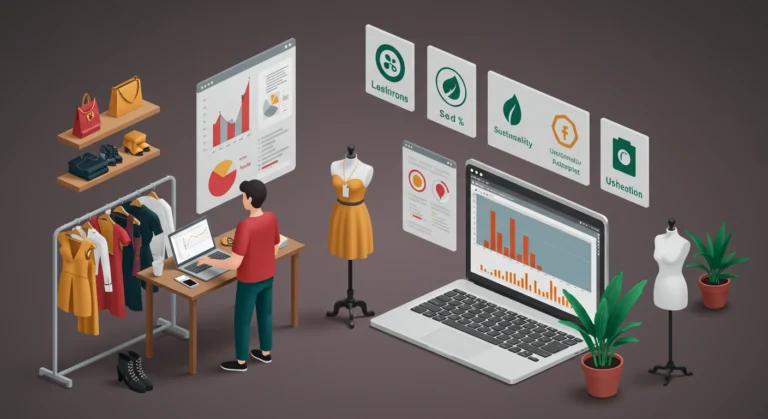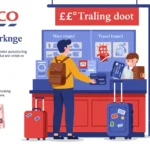
What Does a Fashion Merchandiser Do? Role, Skills & Impact
Introduction: The Invisible Stylist Behind Your Shopping Experience
Picture this: you walk into a boutique, and it feels like the racks were designed for you. The colors sing, the lighting flatters every texture, and the price tags sit right where your budget feels comfortable. That harmony isn’t coincidence — it’s the craft of a fashion merchandiser.
Fashion merchandisers act as the architects of retail. They balance data with creativity, shaping what products hit the shelves, how they’re priced, and how they’re displayed. Their decisions influence not just your wardrobe, but also your emotions when shopping. Whether you’re a casual bargain-hunter, an eco-conscious buyer, or a luxury collector, merchandisers are guiding your journey. Explore fashion careers abroad
Core Responsibilities of a Fashion Merchandiser
A fashion merchandiser wears many hats — analyst, strategist, and trend translator.
Key duties include:
- Trend Forecasting – Studying culture, influencers, and sales data to anticipate what shoppers will want next.
- Assortment Planning & Pricing – Choosing product mixes (sizes, colors, styles) and setting prices that balance desirability with profit.
- Inventory Management – Preventing overstock waste while avoiding empty shelves.
- Visual Presentation – Collaborating with visual merchandisers to create irresistible store and digital displays.
- Data-Driven Decision Making – Using analytics to predict demand and fine-tune supply chains.
📊 Stat to know: Research in Malaysia found that store layout, lighting, and product display significantly boost shoppers’ willingness to buy fashion items.
Tailoring Merchandising to Different Types of Shoppers
Fashion merchandising isn’t one-size-fits-all. Strategies shift depending on who’s buying:
Casual Shoppers
- Look for: accessibility, affordability, and seasonal fun.
- Merchandisers ensure trend-right basics and promotions land at the perfect price point.
Eco-Conscious Consumers
- Look for: transparency, sustainability, and ethical sourcing.
- Merchandisers prioritize organic fabrics, reduce overproduction, and partner with responsible suppliers.
💡 McKinsey reports that sustainable merchandising often reduces waste and boosts profit margins.
Luxury Buyers
- Look for: exclusivity and craftsmanship.
- Merchandisers curate limited editions, secure premium materials, and create displays that feel more like galleries than stores.
How Merchandising Fuels Profitability
Strong merchandising is the hidden engine of retail growth:
- Striking Displays → Increased Sales
- Smart Assortment → Fewer Markdowns
- Efficient Supply Chains → Lower Costs
- Sustainable Practices → Premium Pricing Power
💡 Global Textile Times calls merchandisers the “key ingredient for supply chain success”, linking designers, suppliers, and retailers.
Challenges Merchandisers Face
Even the best strategists encounter hurdles:
- Rapidly changing trends
- Balancing affordability vs. sustainability
- Forecasting errors leading to wasted stock
Best practices that work:
- Leveraging real-time analytics
- Collaborating across design, supply chain, and marketing
- Testing in small batches before full-scale rollout
- Constantly refining store layouts
Conclusion: The Strategist Behind the Fashion Curtain
Fashion merchandisers aren’t just buyers or stylists — they’re strategists who blend art and science. Their influence shapes:
- Casual shoppers’ access to fun, affordable pieces
- Eco-consumers’ confidence in ethical choices
- Luxury buyers’ delight in curated exclusivity
At the end of the day, they don’t just sell clothes — they design shopping experiences that move culture, commerce, and sustainability forward.
Mini FAQ on Fashion Merchandising
Q1: Is fashion merchandising the same as fashion design?
No. Designers create products, while merchandisers decide how, when, and where those products are sold.
Q2: What skills does a merchandiser need?
Analytical thinking, trend awareness, negotiation skills, and data fluency are must-haves.
Q3: How is sustainability changing merchandising?
Retailers are reducing overproduction, choosing greener fabrics, and rethinking packaging to meet consumer demand for eco-friendly shopping.

